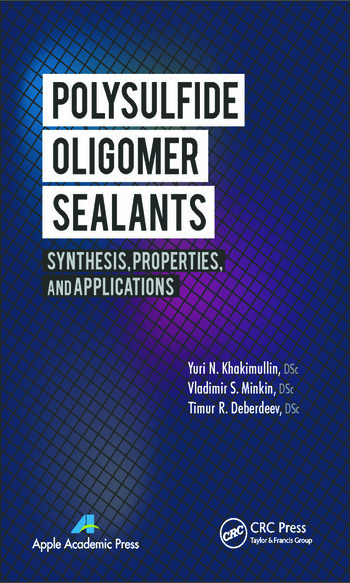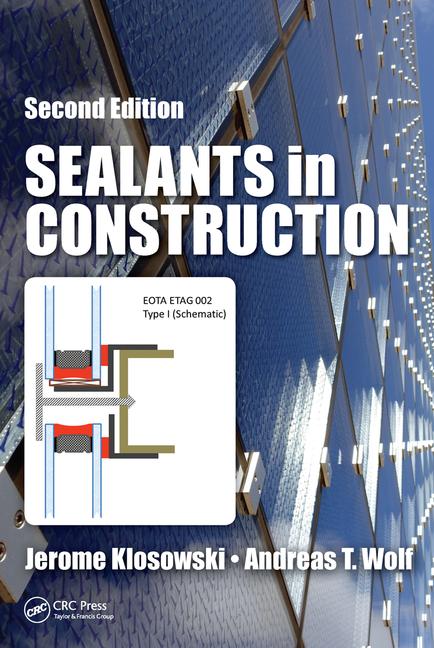Sealants to Grow 5% Annually Through 2016

Figure 1. Sealant Consumption by Region in 2011, $MM
The global consumption of sealants was 3.6 billion lbs in 2011 (worth $8.45 billion), according to a new study from Kusumgar, Nerlfi & Growney. Growth is placed at a 5% annual rate through 2016 with the Asia-Pacific region advancing 8% per year; North America and Europe are each growing at a 2% annual rate.
As shown in Figure 1, Europe led in dollars in 2011 with its consumption of $3.42 billion representing 40% of the global total. European Union (EU) member countries took 88% of the region’s volume, while non-union members such as Russia and Turkey consumed the rest. EU consumption is forecast to grow 2% annually, while non-EU countries are projected to advance at a 5% annual rate.
The Asia-Pacific region is second in value with a 31% share but leads in pounds with 40% of the total. China is by far the largest user of sealants in the region, with nearly 60% of the volume and half of the dollars; China and India are the high growth countries in the Asia-Pacific region.
North America took 24% of the 2011 sealant dollars, while South America was an outlet for 3% of the total. North America is a mature region for sealant growth, while South America is projected to grow at a 5% annual rate.
Construction is the largest end use for sealants, representing 63% of the volume and dollars in 2011; the other large end use is automotive, which was an outlet for 23-24% of the pounds and dollars and includes vehicle manufacturers and the aftermarket. Insulating glass, fire stop, aerospace and industrial are smaller end uses, which are treated separately in the study.
Silicones are the largest sealant type in volume, with 30% of the pounds, and are second in value with a 32% share. Polyurethanes, including one-component air-infiltration foams, were the leader in dollars with 35% of the total and captured 28% of the pounds. Other larger sealant types include emulsions, silyl-modified polymers, butyl and plastisol.
For more information, phone (201) 773-0785, email nerlfikng@cs.com or visit www.kusumgar-nerlfi-growney.com.
Looking for a reprint of this article?
From high-res PDFs to custom plaques, order your copy today!








